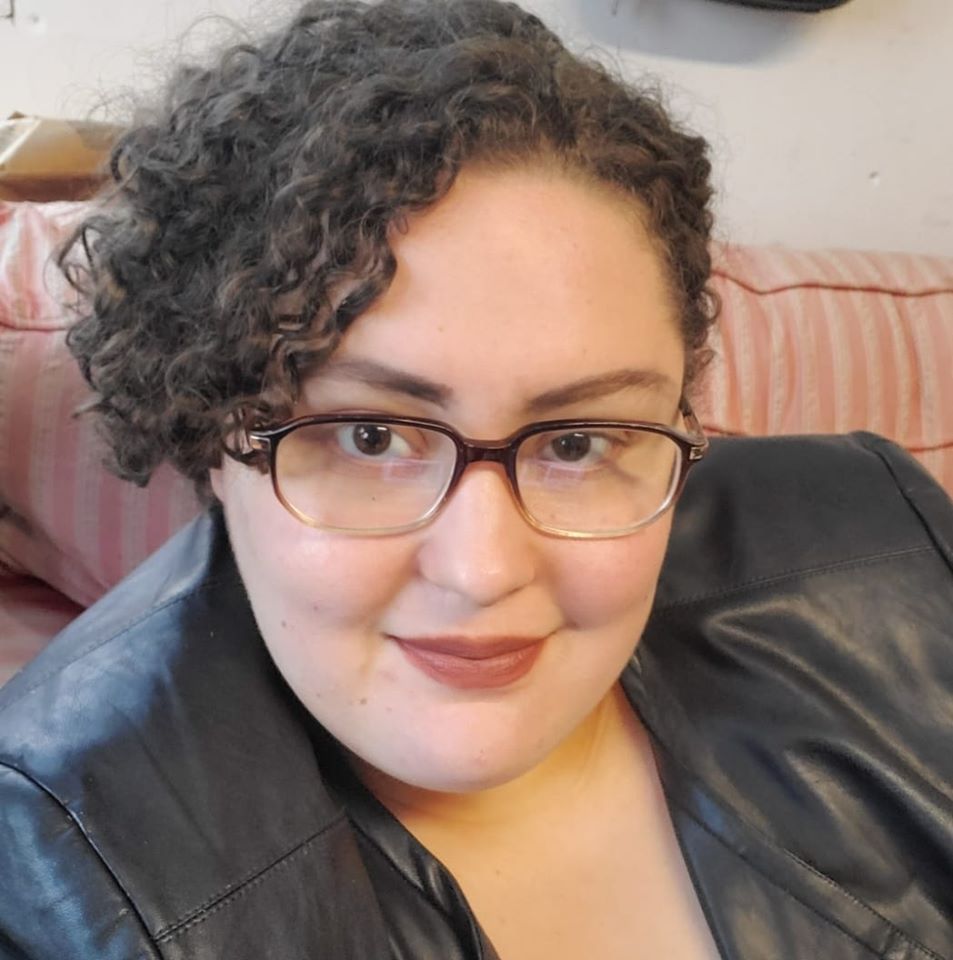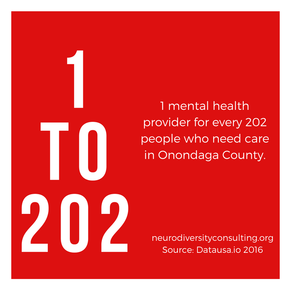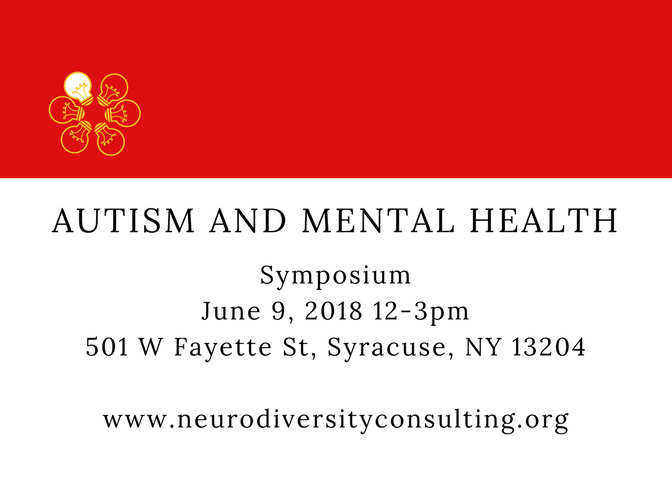|
By Liza Citron Update 10/4/2021 3:18 PM to include additional information. We may wish to think that the atrocities of institutionalization and the legacy of Willowbrook (Beatings, Burns and Betrayal: The Willowbrook Scandal’s Legacy) are far behind us. There are currently institutions in existence that disturbingly mirror those of the past. The Judge Rotenberg Educational Center (JRC) in Canton, MA, is one such institution. Opened in 1971 as the Behavior Research Institute, the JRC has come under fire for the use of electroshock devices to control residents. Residents at the school are developmentally or emotionally disabled or fall under the vague heading of displaying “autistic-like behaviors.” They are also approximately 90% from the greater New York City metropolitan area and 90% of minority ethnicity. The high proportion of residents from minority ethnic groups suggests a compounding stigma of race and disability. While taxpayer-funded through the public school system, the JRC curriculum is reportedly nonexistent. Students are often placed in front of a computer with little active teaching. In addition, the center’s distance from where most of its residents usually live leaves individuals, families, and communities out of the accountability process. The JRC uses graduated electronic decelerators (GED), delivering as much as 90 mA per two-second shock. For reference, a cattle prod delivers a shock of up to 10 mA for a fraction of a second. The GED is worn like a backpack by the disabled individual and weighs up to 10 pounds. Teachers or other authority figures use remote controls to administer shocks for unwanted behavior. The practice is governed by controversial applied behavioral analysis (ABA) methods and conditioning methods described by behaviorist B.F. Skinner in the 1930s and 40s. JRC staff administer shocks in response to innocuous behaviors such as brief moments of closed eyes or diverted attention. In addition, actions such as crying out while being shocked result in shocks. Regardless of the effectiveness of Skinnerian or ABA methodologies themselves, such treatment can only be described as horrific and torturous. Residents are in a seemingly endless cycle of shocks, and some residents become nonresponsive. At least six people have died at the JRC since its founding. The Food and Drug Administration (FDA) banned the use of GED devices on humans in March 2020. The GED-4, delivering the highest voltage shock, was never approved for use in the first place. In July of 2021, the D.C. Circuit Court overturned the ban, stating it was out of the scope and jurisdiction of the FDA to do so. The JRC argued, and the appeals court judges agreed, that the FDA did not have the authority to enforce the ban. In essence, use of the GEDs could not be banned specifically for the purpose of behavior modification. The devices either had to be prohibited or approved outright, in all circumstances. The legacy of Willowbrook and institutionalization are not as far away as some might think. Individuals on the internet and in- person continue to speak about the conditions for residents at the JRC. Many of them are disabled themselves. Everyone, abled and disabled alike, needs to understand the implications of allowing the JRC to continue shocking vulnerable youth. Read articles like this one and the ones referenced here—sign petitions. Write to your state and federal elected officials asking why taxpayer dollars fund the torment of young people with disabilities. And ask them why better community supports aren’t funded for this vulnerable population. #StopTheShock #StopShockingAutisticPeople Resources and Information
1 Comment
We are deeply saddened by the death of Judson Albahm amid his mental health crisis. We are proud of Judson for his forethought in seeking help in facing his challenges and disappointed that he could not find the help he needed. Central New York families are sadly familiar with the struggle to access appropriate mental health care. We mourn with Judson’s family and join with them in calling for the marshaling of resources to adequately care for vulnerable members of our community like Judson.
The closures of outpatient mental health facilities in Onondaga County have left families adrift as they seek help for their loved ones and for themselves. The inadequate understanding of the needs of autistic people further leaves people like Judson with limited options for treatment or support during a crisis. We encourage families in crisis to reach out to Upstate University Hospital’s Emergency Psychiatry Service, located at the downtown campus, for care. In service, Sanchia A. Callender, Inc Autism Mental Health Initiative Advisory Council Parents for Public Schools of Syracuse, Inc Neurodiversity Consulting LLC The Academy of Excellence, Inc Joshua Michael King for Students Masking and Kompany  I'm a college student going for a degree in social work, and work with NeuroDiversity Consulting to shed light on issues through that lens. I am also neurodivergent, having been diagnosed with Asperger's Syndrome (and working on a re-diagnosis) in my very early childhood. Most of my life has been spent seeing things through that different -- not wrong or broken, but different -- lens and filter. I was that girl who would go on and on about particular interests -- some of which changed from year to year -- and devoured books in my spare time. I was the one trying to wrestle in this neurotypical-ruled world with my differences, and with how they changed my outlook on life. That dilemma evolved into my interest in special education and advocacy. Children receiving special education services can benefit from having a staff member in their corner who went through similar struggles. My experiences help me understand, and I care enough to help tailor curriculum and learning methods to meet student needs. I struggled with many elements in my elementary school life. I want to help in any way I can so students don't have to go through that themselves. If I can help even one student, that's worth it for me. What/who (else) am I? In short, I'm not only a neurodivergent social work student, but a musician, writer, artist, disability advocate, and much more. I'm autistic, but that's not all I am -- it's just the way I see the world. by Liza Citron  Educators can make the best experiences for students in the classroom. Educators can make the best experiences for students in the classroom. As teachers are going back to school, many might have an autistic or otherwise neurodivergent child in their class -- perhaps for the first time. Educators might reasonably wonder where to begin in tailoring the classroom experience to that child -- connecting to the child as an entirely new experience for the teacher. How different is the autistic experience to the neurotypical one? How does autism affect a child in their formative years? What changes should be made for the child to help them connect to the curriculum and the teacher, and to help them succeed? These are all questions teachers might be asking themselves as the “mad rush” to prepare for the school year comes into full swing. All these questions may seem daunting to the teacher, especially ones new to their classroom. Everything comes down to paying attention to and carefully observing the child -- and, of course, listening to what they may tell you. Careful observation can tell you what the child’s most significant struggles are, and conversely, what their greatest successes or strengths are or maybe in the future. As an autistic adult, I don’t personally know the neurotypical experience. I can, however, compare my autistic experience with descriptions from neurotypical friends and family members. My perspective helps provide insight into neurotypical and neurodivergent experiences that impact the classroom. One of the main differences I have noted is the capacity for sensory input and susceptibility towards over-stimulation. Things neurotypicals might not even notice can be “deafening,” if you will, to an autistic individual -- and can cause either shutdown or meltdown, depending on the situation. As such, the best learning/work environment for many autistic people, and neurotypical people is one with the least sensory stimuli possible. In such a situation, it is easier to maintain concentration, and much easier to lower anxiety levels, both of which provide a more productive mental state. Another difference to consider, especially with young children, is the theory of mind -- seeing situations from another’s perspective. Theory of mind is an aspect of human behavior and neurology that is important in relationship building and learning. Contrary to what some may think autistic people are not insensitive to what others need or want. However, it can often be difficult for us to see those needs and wants in the context of a situation. Providing an environment for role-play, or anything that requires “characters” can often help develop a person’s understanding of the theory of mind. Every individual, autistic or not, will have their levels and specifics of needs, struggles, and strengths. The above are just two of the multitude of ways in which the autistic experience can differ from the neurotypical one. Taking the time to learn, understand, and account for these individual aspects allows educators to set themselves and their students up for success in the new school year. Read more Neurodiversity Rewires Conventional Thinking About Brains Save the date for this fall's autism resource fair with the Syracuse City School District. Interested vendors can sign up to participate here.
Parent University Fall Conference and Autism Resource Fair Saturday, October 5, 2019 PSLA Fowler 227 Magnolia St, Syracuse, NY 13204 9:00 AM - 1:30 PM Join us for the Autism and Mental Health Symposium June 9, 2018 to explore barriers to access to mental healthcare for people on the autism spectrum. Register here.
 It’s well established in research literature that people with autism and related disorders have an increased vulnerability to mental health challenges. Despite this fact the mental health resources available to autistic people and their families in their communities are limited. In Onondaga County the clinician to patient ration in mental health is 1 to 202. In that number few are able or willing to meet the mental healthcare needs of autistic people. Families and individuals are left with little or no options for addressing their mental health care needs. We can do better. Register now for our Autism and Mental Health Symposium to explore the barriers to access. Be part of the solution. We like to divide people into neat little categories. These categories serve as shorthand for getting to know others. In this case the people being divided up are autistic. People rely a high functioning/low functioning distinction to describe a person’s perceived place on the autism spectrum. High functioning is shorthand for “can pass as not autistic at first glance.” Low functioning is shorthand for “not passing as anything but autistic anytime soon.” These two categories also serve as stand ins for verbal and nonverbal respectively when is comes to communicating with others.
The high/low divide presumes that the autism spectrum is linear. It is not. The autism spectrum is multidimensional. It is as complex as people are. Thus far the best science tells us that autism touches on every aspect of human biology that we know makes us who we are. Autistic can’t be reduced to a linear division of function, but people try anyway. The linear high/low gradient comes in handy for pitting the different needs of autistic people against each other. A focal point of the divide is communication. An autistic person able to utilize verbal communication is deemed to not have it that bad, not be truly autistic or to be “pretending to be just like those who have incredible difficulty.” Those who do not utilize verbal communication are portrayed in the worst light while at the same being venerated as truly autistic. Such an attitude of placing nonverbal autistic people on a pedestal while dismissing the needs of other autistic people serves only to disenfranchise all autistic people. With the growth of internet access, smart phones, and the rise of social media autistic people, including many nonverbal autistics, have proven themselves blisteringly articulate with the spoken and written word. They hold nothing back in their criticism of what they’ve endured in the name of addressing their autism At the same time, they offer hope and encouragement to parents of the next generation of autistic people. Yet the voices of autistic people continue to be set aside. Either because they are perceived as not autistic enough or too autistic to have an opinion of their own. As someone advocating for the respect and dignity of all people with autism this is a disheartening. What are people advocating for if the voices of autistic people aren’t engaged in their communities? Will my children be heard when they speak up for themselves? Or will they be dismissed because the gatekeepers deem them to be not the right kind of autistic? Comparing autistic people to each other leading to the invalidating of another’s experience is unacceptable. High or low functioning is a measure of how much work a neurotypical person thinks they must do to relate or communicate with an autistic person. Every autistic voice needs to be included in the conversation about autistic people regardless of outside perceptions of a person’s functioning. New York State's Autism Spectrum Advisory Board was established by law in 2016. I'm encouraging families and individuals to share their concerns with the Board. They need to hear about what works and doesn't work in New York state from the people who live with experience autism every day. You can download the October 2017 report from the Board at the link above or from this post. My own comments to the board are here.
|
Categories
All
Archives
December 2021
|
||||||
Photo from Hayzphotos

 RSS Feed
RSS Feed
